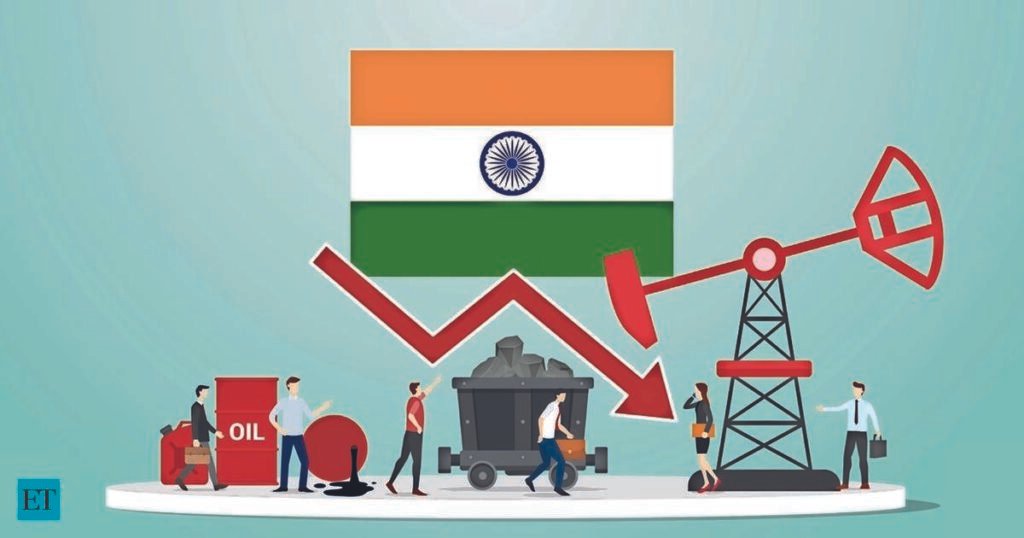MUMBAI: A smaller-than-expected trade deficit and higher services exports in January have prompted economists to trim current account deficit (CAD) estimates for FY2024.

Capital inflows are expected to improve through both foreign direct investment (FDI) and portfolio inflows during the remaining financial year. But potentially higher forex inflows may not mean a stronger rupee as the central bank may take advantage of this opportunity to increase its reserves.
India’s merchandise trade deficit narrowed to a nine-month low of $17.5 billion in January from $19.8 billion in December. The services surplus increased to $16.8 billion in January from $16 billion in December.
The trade deficit in the April-January period of the current financial year is less at $206 billion as compared to the deficit of $229 billion in the same period last year. Net services exports during this period stood at $138 billion, compared to $117 billion in the same period in FY23.
“We now eye the current account deficit for 2023-24 falling below 1% of GDP, driven by expected growth in services and goods exports coupled with a lower oil import bill,” HDFC Bank said in a report. Better than performance.”
FDI inflows have improved in October-November after net outflows in the September quarter.
Chief Economist Upasana Bhardwaj said, “Taking into account recent trends in trade and capital flows, we have revised our FY2024E CAD/GDP to 1.1% from 1.4% earlier, compared to the earlier estimate of $259 billion. There is a $250 billion lower goods trade deficit.” Kotak Mahindra Bank.
IDFC First Bank has cut its current account deficit forecast for FY2024 to 1.0% of GDP from 1.2% earlier. While QuantEco Research maintains its FY24 current account deficit forecast at 1.3% of GDP ($47 billion), it acknowledges the downside risk to this estimate.
Kotak Mahindra Bank’s capital account inflows in FY20 are estimated at $84 billion from the earlier estimate of $69 billion, driven by higher net FDI inflows of $21 billion compared to the earlier estimate of $15 billion and higher banking- Takes into account capital-related flows.
However, the rupee is unlikely to appreciate significantly as RBI curbs volatility; Particularly arising from capital flows.
“RBI may restrain sharp appreciation moves which could limit rupee gains. On balance, we see 82.80-83.20 as near-term range for rupee,” HDFC report said.
As of February 9, India’s foreign exchange reserves are $617 billion.
